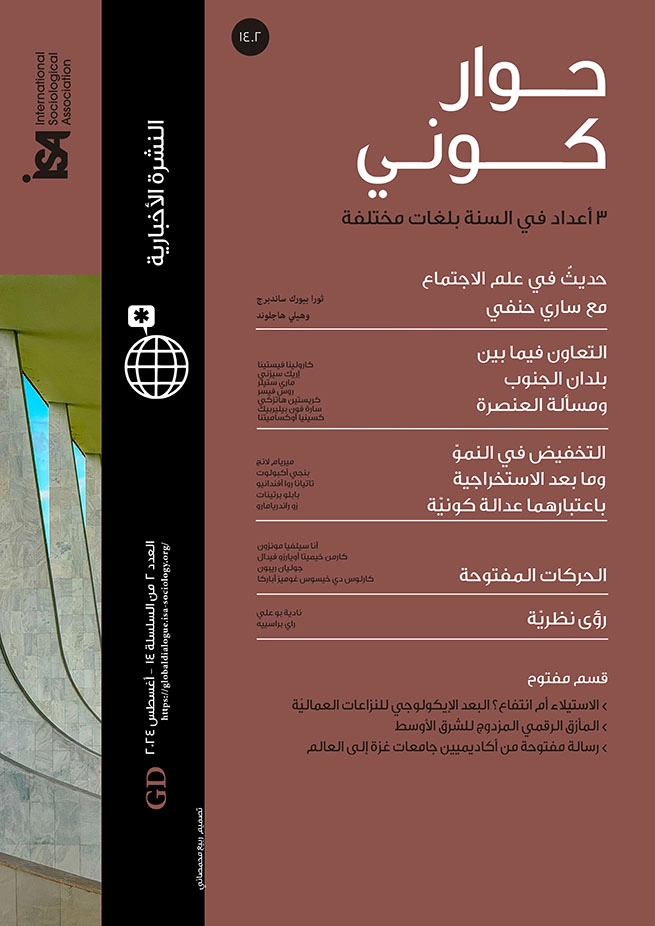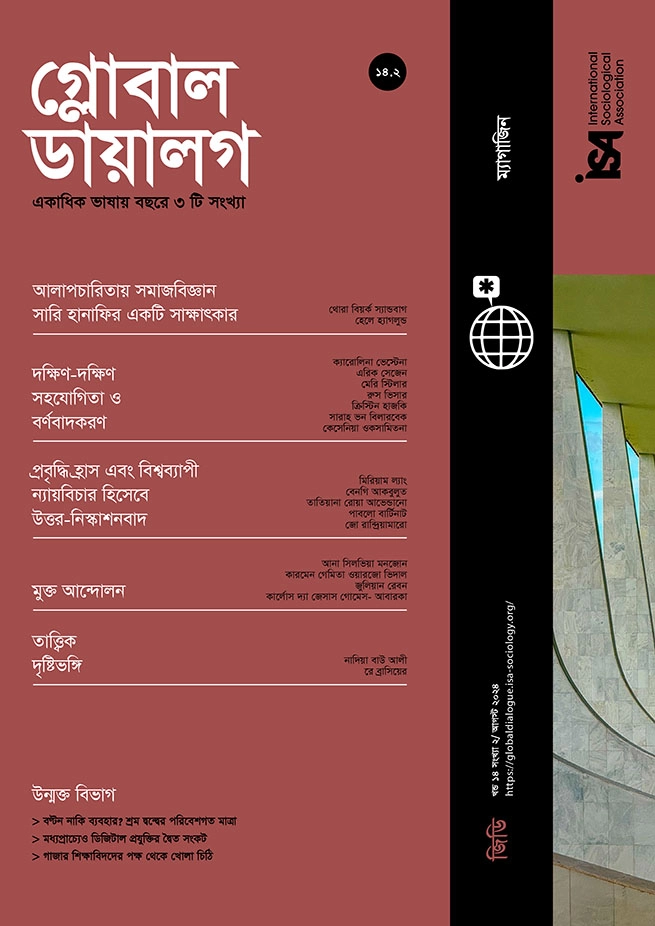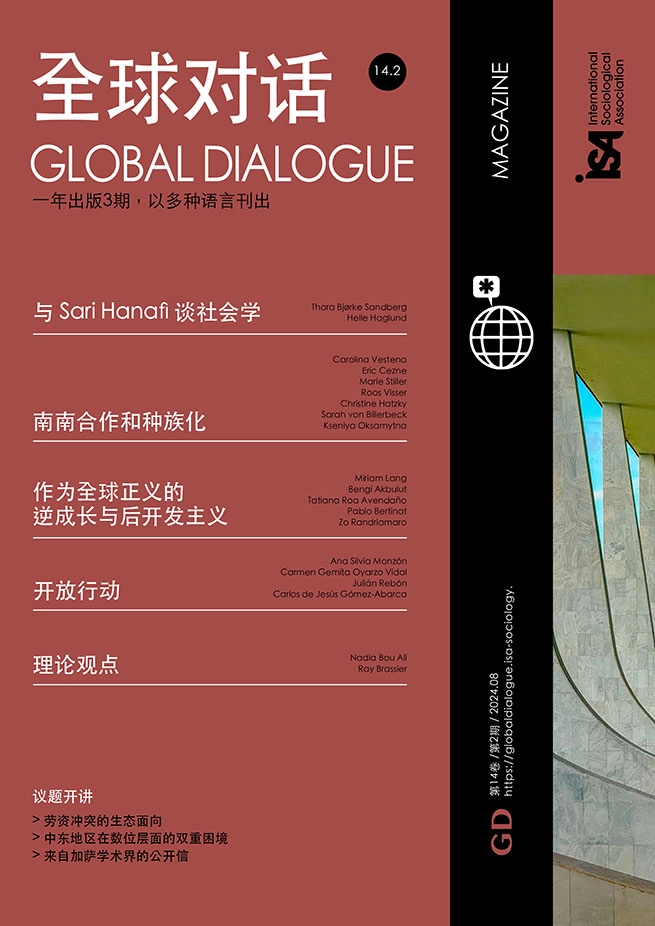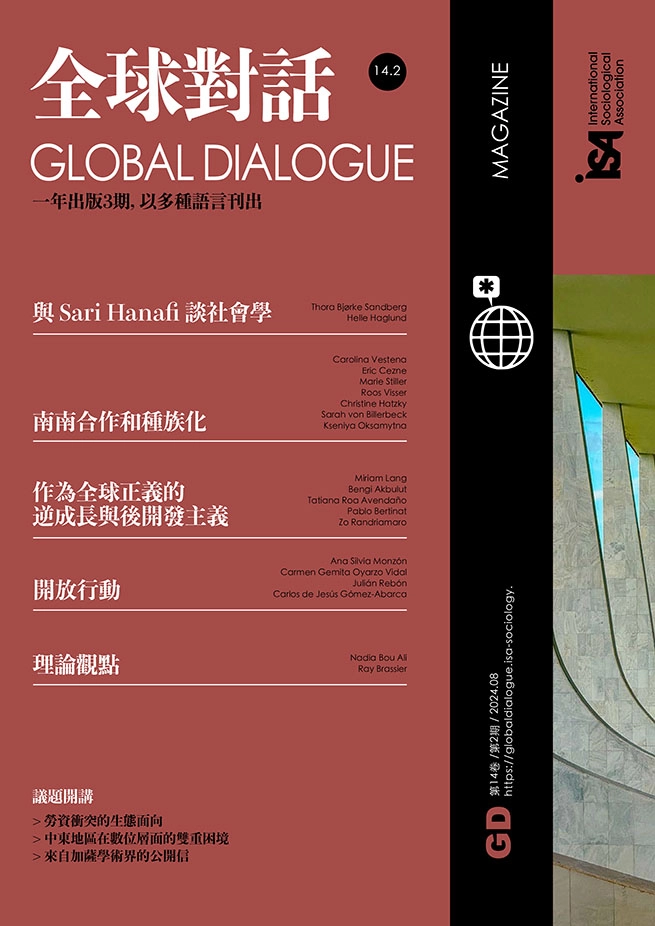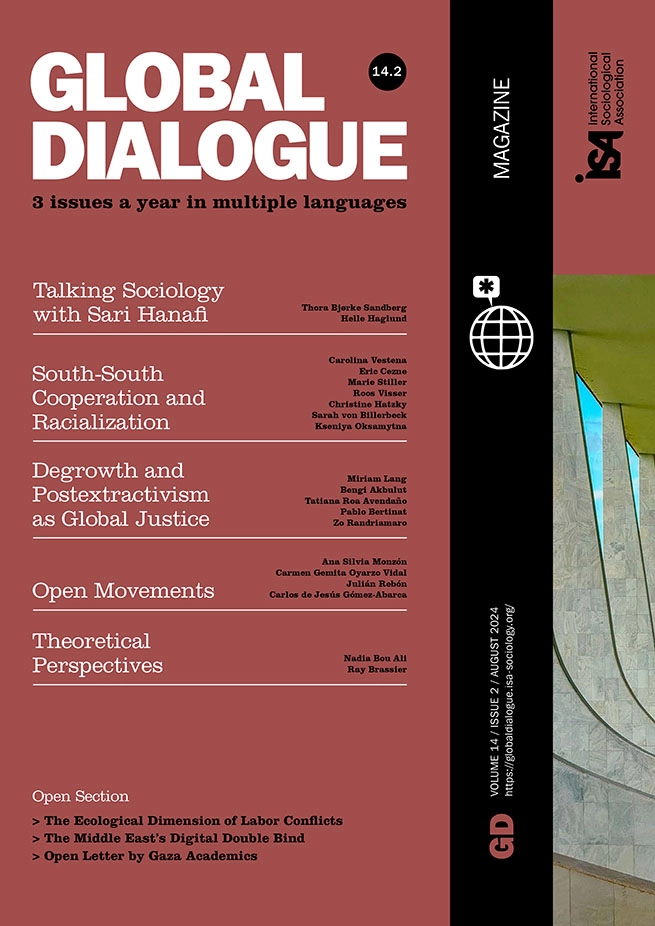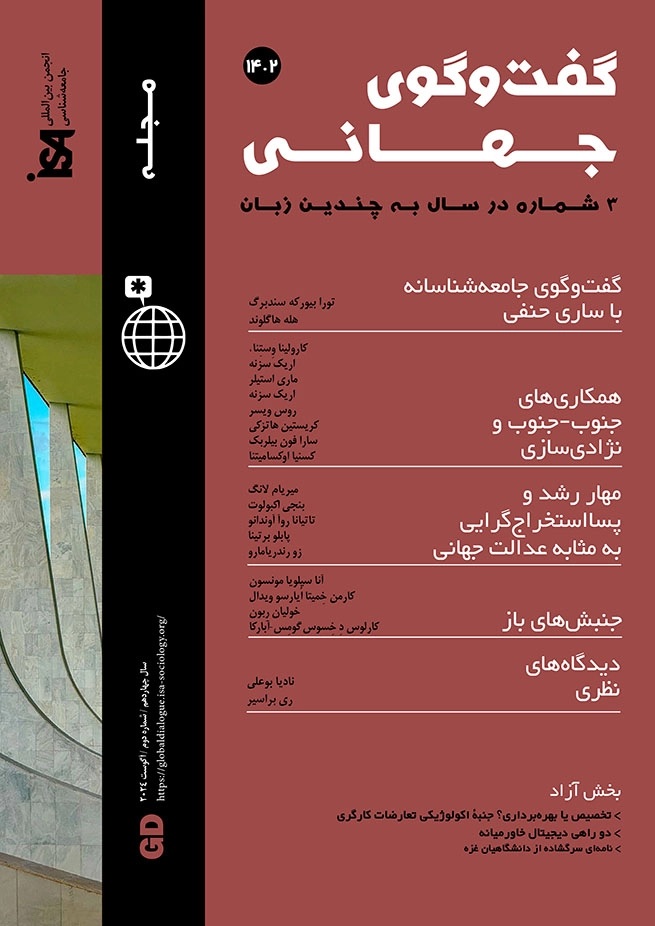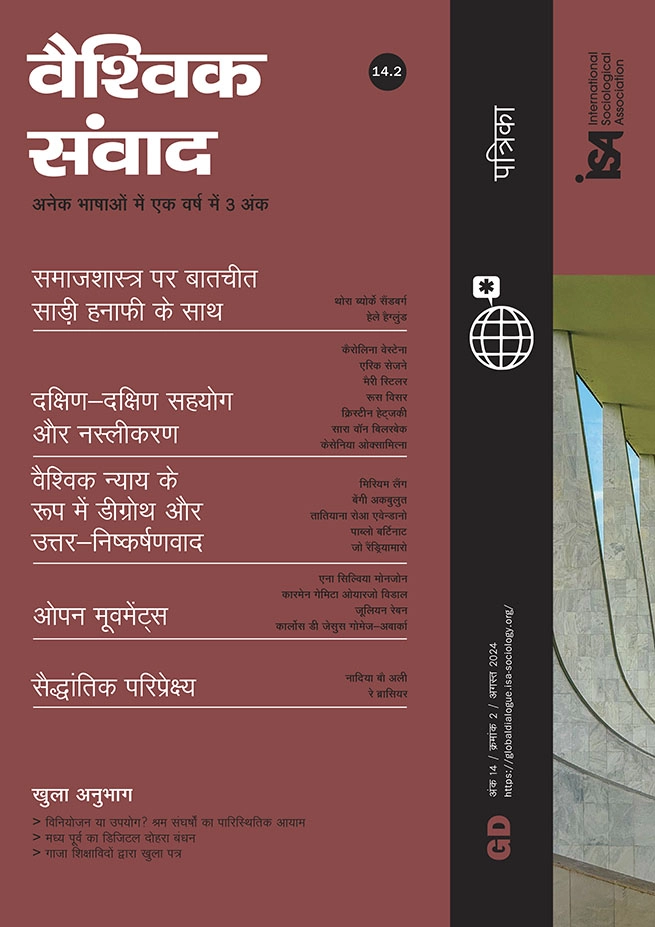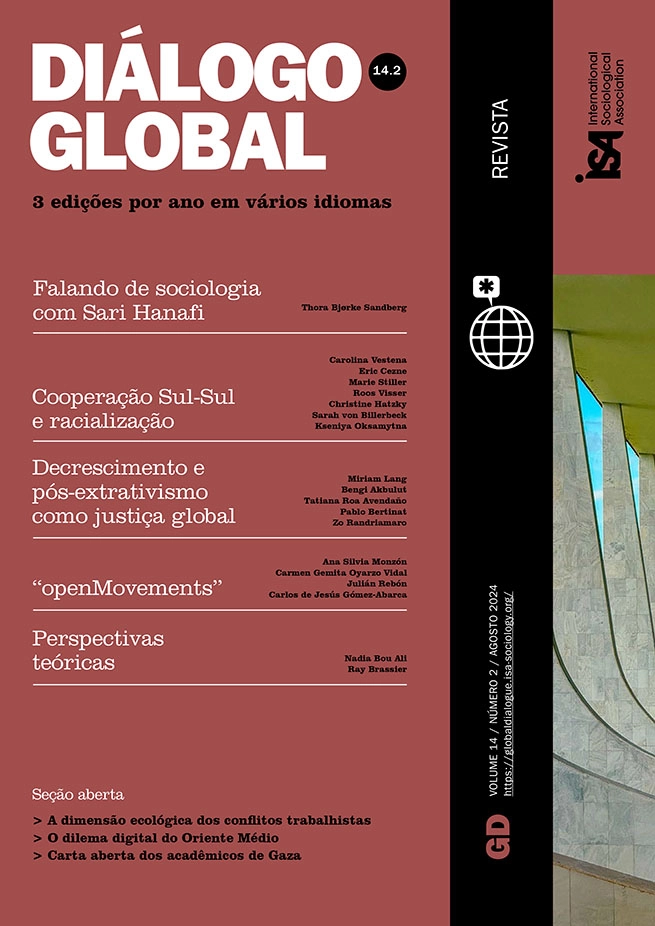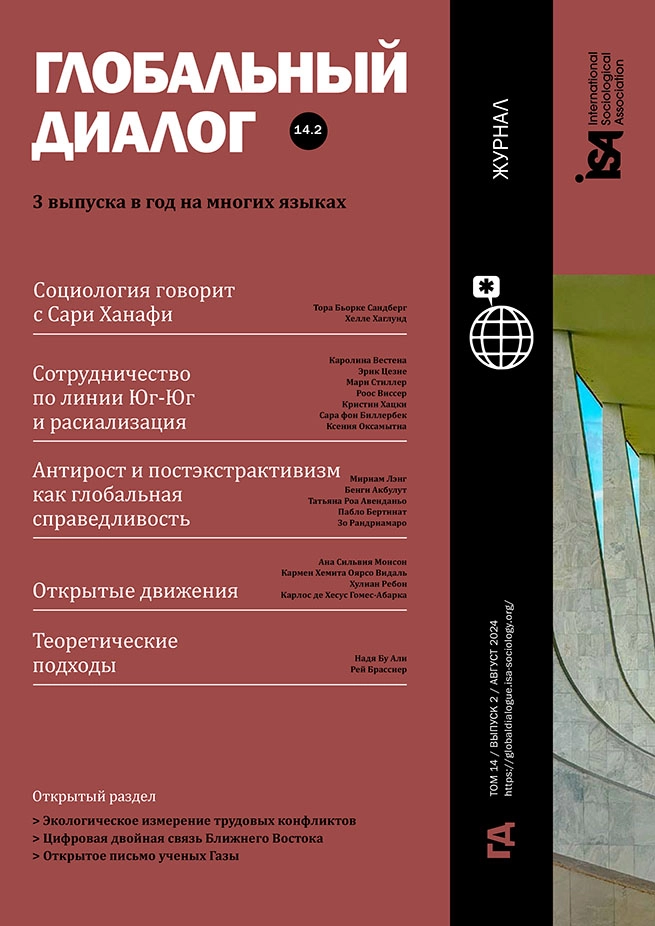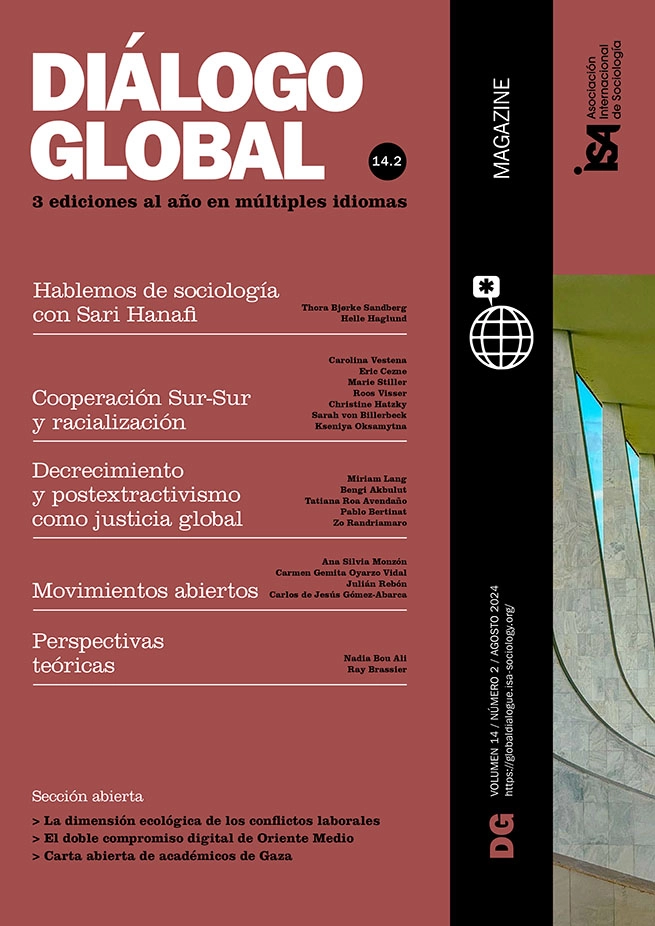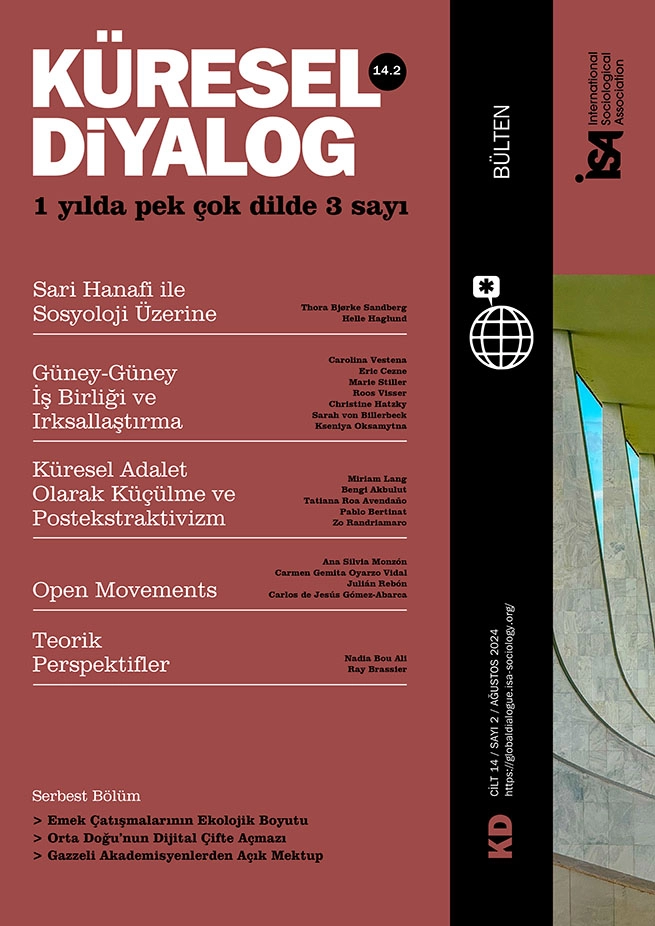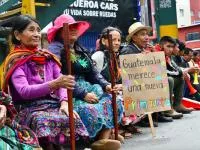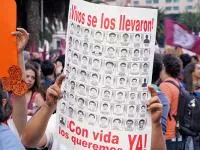The Beginning of the Resistance to Milei’s Government
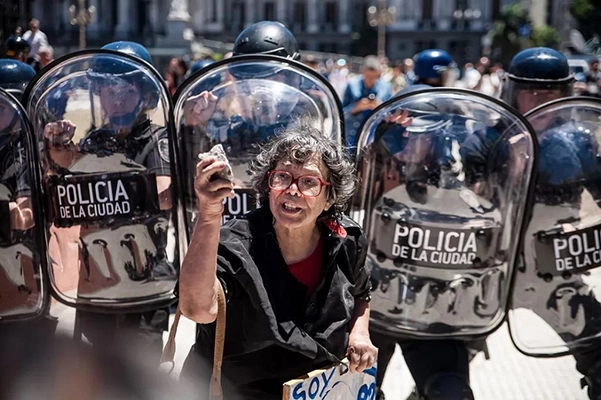
July 15, 2024
At the end of 2023, Javier Milei assumed the presidency of the Republic of Argentina, presenting himself as the first libertarian president in history. In his inaugural address, he spoke to his assembled supporters, with his back to Congress and the members of parliament in attendance. He promised to put an end to Argentina’s decadence by introducing adjustments to the state and the “caste”: a vague term referring to supposedly privileged political figures ranging from traditional politicians to trade unionists and public employees. Those present responded to him from the square with jubilant chants of “no hay plata” (there is no money).
A frenzied readjustment of all thing orthodox marked the first 100 days of Milei’s government. However, the adjustment fell on a broad and varied social spectrum rather than on the “caste”. The action of his “chainsaw”, with the aim of creating fiscal surplus, as Milei likes to say, has led to thousands of layoffs, closures of various agencies, paralysis of public works, and the elimination of subsidies. Milei also implemented shock therapy that he has termed the “blender,” with a devaluation of more than 50% of the Argentine currency in one day, leading to inflation more than doubling. This generated a sharp loss of purchasing power for the retired and workers (around 30%), along with wiping out savings in pesos, compounded by negative interest rates, as well as decimating the public budget.
Who is Milei?
Javier Milei is an economist and an outsider to the political system. As a television commentator famous for his disruptive style, he proposed dollarization as a remedy to rising inflation in a country marked by recurrent recessions. A couple of years after entering institutional politics, with no political party of his own to speak of, he defeated the two coalitions that had been alternating in government and had polarized the country: on the left of the political spectrum, Unión por la Patria-peronismo, and on the right, Juntos por el Cambio.
Despite its scant institutional power – it has only a small minority in parliament and does not govern any provinces – the Libertad Avanza (“Freedom Advances”) political coalition boldly proposes a re-foundational agenda of extreme neoliberalism in the economic sphere and authoritarianism on the political scene. With an aggressive style, implemented mainly through social networks and the media, Milei’s political narrative defines the “caste” as his enemies. However, he mainly attacks populism-Peronism, the left, feminism, trade unionism, and social movements. Meanwhile, he incorporates historical politicians from a range of backgrounds into his project and nurtures support among large economic groups.
The emergence of anti-Milei protests
The adjustments implemented by Milei quickly met with resistance on the street despite the government’s restrictive and repressive policy on protesting. Shortly after taking office, an anti-protesting protocol was introduced allowing the security forces to limit demonstrations on public roads. The ban on “blocking the streets”, a classic form of protest in the country’s repertoire of civil action, as well as charging the costs of security operations to social organizations and the creation of dedicated channels specifically for anonymously denouncing alleged coercion by groups to force people to attend demonstrations, are some of the disciplinary measures that have been established. Within a few days of Milei taking office, the government had signed a Decree of Necessity and Urgency (DNU) to deregulate the economy, eliminating dozens of laws and promoting reforms across a wide range of areas from labor to housing and health insurance. Following the announcement, spontaneous protests and demonstrations in the streets of the country’s main cities evidenced the difficulty of enforcing the newly introduced anti-protesting protocol.
Subsequently, the government announced the submission to parliament of a multi-purpose “omnibus” bill containing more than 600 articles on various issues, including extraordinary powers for the president, privatizations, and limitations on the right to protest. As is typical for such neoliberal reforms, there were different lines of resistance arising from the broad social upheaval that it will cause. The trade unions and social movements took the lead in this process, holding a general strike in mid-January that mobilized crowds of demonstrators throughout the country. Different protests of various kinds broke out in public spaces both before and after the general strike. These included sectoral strikes against dismissals and calling for wage increases, street protests by social movements against the limits imposed on social policy, and protests by the cultural and scientific sectors against the threat and implementation of cuts in a range of institutions and organizations, among others. Hundreds of thousands of women marched on 8 March against Milei’s economic plan and the dismantling of gender policy.
The resistance on the streets represents a new trend in social opposition to the government, faced with the weakness of political opposition, mainly Peronism, which was defeated in the last election and seen by a significant part of society as responsible for the current crisis. So far, this resistance has not halted the general restructuring, although obstacles to it have been erected in its path. The judiciary partially halted the DNU, especially its labor chapter; first version of the Omnibus Act failed in Congress, mainly due to the president’s inability or refusal to negotiate modifications with the pro-dialogue opposition. However, the loss purchasing power continues. The government retains the initiative, and new cuts together with the elimination of acquired rights are announced every week.
The social resistance arose soon after the beginning of Milei’s government, with protests occupying public space. In contrast, the government has not mobilized support on the streets since it took office. It is not an extreme right wing that appeals to social movement forms. However, given the historical parameters of protest in Argentina and, above all, the extent of the grievances and the diverse nature of the actors affected, in terms of scale this is not, at least for now, one of the most significant cycles of protests; nor have the various different forms of resistance coalesced into a united front.
Recent protests: characteristics, challenges, and trends
Despite the intensity of the grievances that are driving the protests, the current political scenario makes it seem unlikely that they will develop. In particular, the reactionary government chooses specific actors as its favorite enemies. It refuses to open up dialogue with these and seeks to weaken their organizational power – by changing the capacity of trade unions to represent themselves, for example – and the forms of struggle they can engage in, limiting those tolerated and permitted by the state and actively promoting repression. At the same time, the government focuses its discursive and communicational apparatus on these groups, seeking to portray them as responsible for the critical situation and social unrest. There is also an evident difficulty in establishing a political reference point for the protests, given the defeat of Peronism, the typical point of reference for most organizers. The failure of the last progressive government and the speed and simultaneity of the reforms have increased skepticism among the aggrieved. Finally, the government is still in the first months of its mandate, so the effects of some of its measures have not yet been fully perceived while it continues to retain the hopes and support of around half of the population. This limits the possibility of the discontent spreading in a cultural climate that is still favorable to several of Milei’s government policies.
The dynamic of the protests is uncertain, and the future is full of challenges. On the one hand, the government’s fate depends on its ability to stabilize the economic situation by reducing inflation and to build a political and social majority that will allow it to govern and provide it with a more stable legitimacy. However, a mere decrease in inflation – a difficult result in itself – would not automatically validate the social regression and the resulting realignment of forces unfavorable to workers unless the principal actors in the protests are defeated or severely weakened. If that were to happen, we could enter a stage of more discontinuous, compartmentalized, and inorganic conflicts without there being a clear capacity to discuss the directionality of change. On the other hand, there is the capacity of the aggrieved, on the streets and in the institutions, to channel a social force to challenge government action, riding on the social, economic, and political tensions which that action promotes. It cannot be ruled out that, as on other occasions in Argentine history, the protests transform the structure of political opportunities, opening up new scenarios.
Julián Rebón, University of Buenos Aires and CONICET, Argentina <jrebon@sociales.uba.ar>

